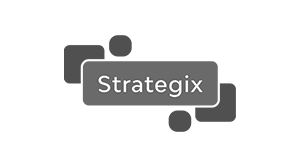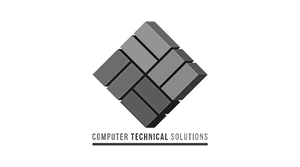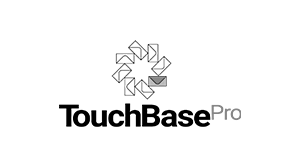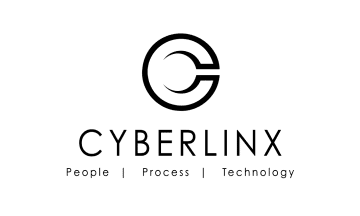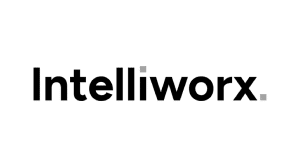As of April 2, 2025, Microsoft joined Google and Yahoo in requiring authentication (DMARC, SPF, DKIM) for domains sending over 5,000 daily emails to Outlook, Live, and Hotmail. These rules state that brands must have DMARC, SPF & DKIM in place or emails will be rejected.
High-profile organizations have recognized a need for Domain-based Message Authentication, Reporting and Conformance (DMARC) for over a decade, since beginning work to establish it as a global standard in 2011.
The modern digital landscape, with its ever-rising and strengthening cyberthreats has driven massive enterprises, regulatory bodies, and governments worldwide to either strongly recommend or mandate DMARC in recent years.
There's been a 150% rise in phishing attacks per year since 2019
Surging threats led to an 84% growth in valid DMARC policies in 2021 with annual adoption rates steadily increasing since
The amount of brand names spoofed has almost doubled in recent years
Sendmarc has developed an algorithm that rates an organization’s exposure to fraudulent email activities such as impersonation, phishing and spoofing, and the risk their current domain poses to the cybersecurity of their company. Simply enter your email address and check your score, it only takes a few seconds.
The details of implementing Microsoft’s new sender rules for email authentication may seem overwhelming, but you don’t need to embark on your journey to compliance alone.
Leverage Sendmarc, a leading DMARC implementation and management specialist to comply simply and reap the standard’s benefits across various teams in your business.

Maximize productivity
DMARC reports compile data from worldwide servers into actionable insights and provide visibility of who’s sending emails from your domain. This accelerates threat investigations and management of spam complaints.
Strengthen security
Prevent the unauthorized use of your domain name to send fraudulent emails, stopping phishing, spoofing, and impersonation from reaching the inboxes of internal and external stakeholders.
Streamline email governance
DMARC empowers IT teams to enforce email governance policies and best practices across the organization. This ensures consistency of email authentication policies and integrity of email communications, ultimately boosting trust.

Improve inbox access
DMARC helps ensure that every legitimate email from your domain reaches the intended inbox, providing peace of mind that campaigns will perform optimally.
Protect brand reputation
A phishing or spoofing attack can hugely damage brand trust and reputation, which is challenging – or even impossible – to repair. DMARC ensures that every email bearing your brand name is the real thing.
Increase ROI
DMARC supercharges your email deliverability, which means more eyes on your messaging, more often. This means you can maximize ROI and avoid getting lost in Spam or Junk folders.
Elevate brand recognition
Once DMARC is in place, you can implement Brand Indicators for Message Identification (BIMI), which boosts brand visibility and recognition by allowing for the display of your logo beside emails in inboxes.

Faster resolution = happier customers
With reliable email delivery, customer success teams can promptly respond to inquiries and resolve issues. This enhances customer satisfaction and boosts loyalty.
Strengthened customer engagement
DMARC ensures that emails are delivered, enabling you to proactively reach out to customers with helpful information, support updates, or personalized offers. This bolsters customer engagement and drives success.
Enhanced communication
DMARC provides prime placement of your communications in inboxes, preventing emails from landing in Spam or Junk folders, or being rejected entirely.
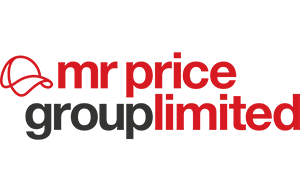
Kim Sim
Chief Information Officer – Mr Price Group
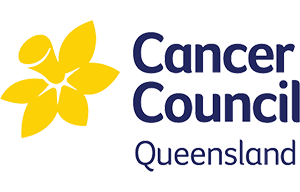
“Centralizing compliance controls within the IT infrastructure has effectively reduced shadow IT instances while streamlining configurations. This has alleviated the burden on security specialists, allowing them to focus on core responsibilities. Furthermore, Sendmarc has provided exceptional one-on-one support, ensuring a seamless experience.”
Ashlen Naicker
Former Head of Digital and ICT

“Their advanced DMARC solution has shielded our business from phishing attacks and email fraud while also providing us with unparalleled insights into our email traffic. Sendmarc’s powerful platform has ensured that only legitimate emails are sent on our behalf. Their user-friendly interface and expert support have made DMARC implementation seamless, even for our non-technical team members. The peace of mind Sendmarc provides is immeasurable, as we now know that our clients and stakeholders can trust the authenticity of our emails.”
Derek Middleton
Systems Engineer at the Way Forward IT

“Sophisticated platform, knowledgeable staff, flexibility to adjust and tweak as needed.”
Tristan Warner
Co-Founder & Chief Innovation Officer at eNerds

“They live and breathe their mission to make the internet safer. Simple and feature-rich solution that’s easily understandable.”
Shailendra Harri
Business Development Manager at CHM Vuwani
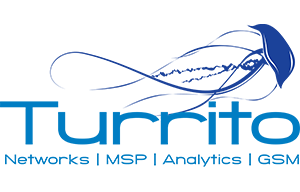
“Sendmarc offers very powerful and simple solutions to very real problems our customers face. Their technology is excellent and their team is among the best in the industry.”
Brian Timperley
Co-Founder and CEO at Turrito Networks
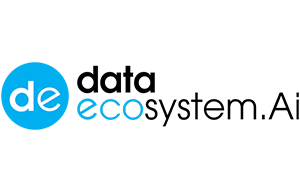
“Sendmarc solves a real business problem and is an easy sale. They’re passionate about their mission to make the internet a safer place. The platform’s easy to use, and implementation is simple. The team manages the entire solution to ensure 100% success and has a 90-day guarantee to get your domain to 5 out of 5.”
Brian Tarr
CEO at Data Eco
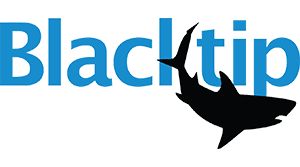
“We’ve had the privilege of working with the Sendmarc team for a few months. They are highly responsive and truly curious. They want to make sure things are right and they care about us as a partner.”
Matthew Bookspan
CEO at Blacktip IT Services


